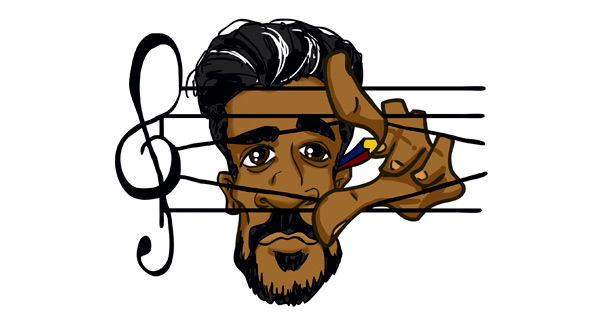A few years ago I heard the Foo Fighters were returning from their self-imposed hiatus. I didn’t think much of it. 2007’s Echoes, Silence, Patience and Grace was more of their traditional same, which by now was tired and underwhelming and their Greatest Hits collection which came out in 2009 offered one single, Wheels, which sounded like the first sure fire sign the Fooeys were on their way to a retirement to pedestrian rock n roll.
Around the time of their return, a friend offered me tickets to a gig to their forthcoming tour. I smuggishly declined, explaining that Grohl and his troops were past it … Boy, was that a mistake. Bit-by-bit as I went about my daily business I began to hear different tracks and snippets from the new album – at a record store, on the TV, in a friend’s car. And then it dawned on me, the Foo Fighters, with their 7th album, had made a great album. Not just great, but an album that may very well be their best. This was quite remarkable. Think about it. How many bands make seven albums, let alone have it be their best work?
Every successful band begins with an initial gush of public interest that is almost always based purely on the quality of their music. Sustained success is attained by different factors – creating an image, a brand that people feel a connection to, making ‘good’ music which is anchored by the public’s knowledge of your ‘great’ music. But, for whatever reason, by the time a band gets to their 7th album, the best is behind them – they’re cruising.
The album, 2011’s Wasting Light, is the kind of memory inducing injection that will sustain the Foo Fighters for the next 15-20 year. Every time they make a mediocre album their fans will think, “Remember that time we wrote them off and they released Wasting Light.” Almost 4 years on, it’s still a modern classic. It whipped new life into their trademark American sound and exhibited their unique ability to craft old school rock n roll tunes with aggressively beautiful melodies.
For their latest effort, the Fooeys have done something completely new – They’ve created a documentary. In the documentary, they travel to eight of the most important music cities in America – Their journey begins in Chicago and ends in New York. While in these cities, front man Dave Grohl interviews custodians of the city’s music history – Willie Nelson in Austin, Trombone Shorty in New Orleans. These interviews form the basis of the lyrics Grohl writes as the band spend a week recording in one of the city’s iconic studio. The documentary is made by HBO, the American cable network responsible for almost every iconic TV series in the 21st century. So just to recap, there are eight cities, eight episodes and eight songs.
Unfortunately, the songs aren’t that good … I mean … they’re not that great. I suspect it may be a result of the new, possibly limiting creative process and attempting to achieve the same glossy shine of Wasting Light. With the exception of the The Feast and the Famine, almost all of the songs on Sonic Highways would not have made the cut on Wasting Light. Irrespective of the music, the band has given us an amazing documentary on the significance and history of American music. From the Go-go scene in Washington to the grunge revolution of Seattle, Sonic Highways is a must see for any music lover.
P.S, this time around I got my tickets to see the band in Feb.


